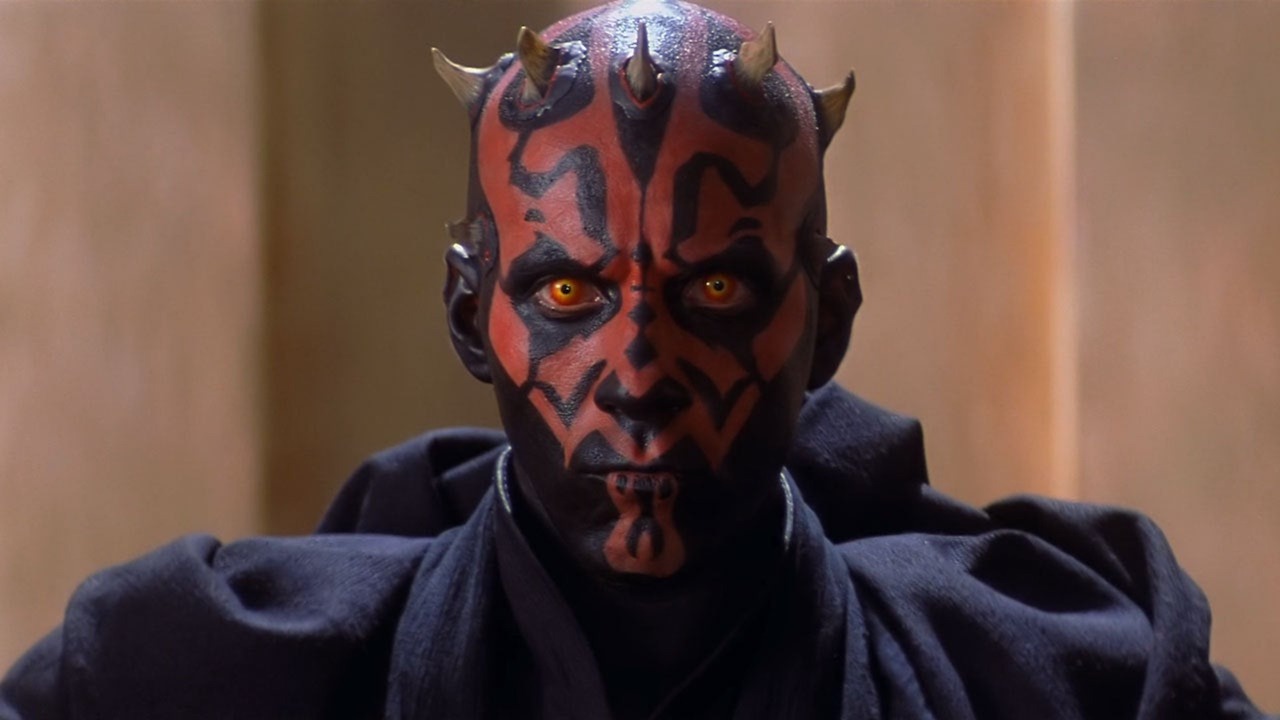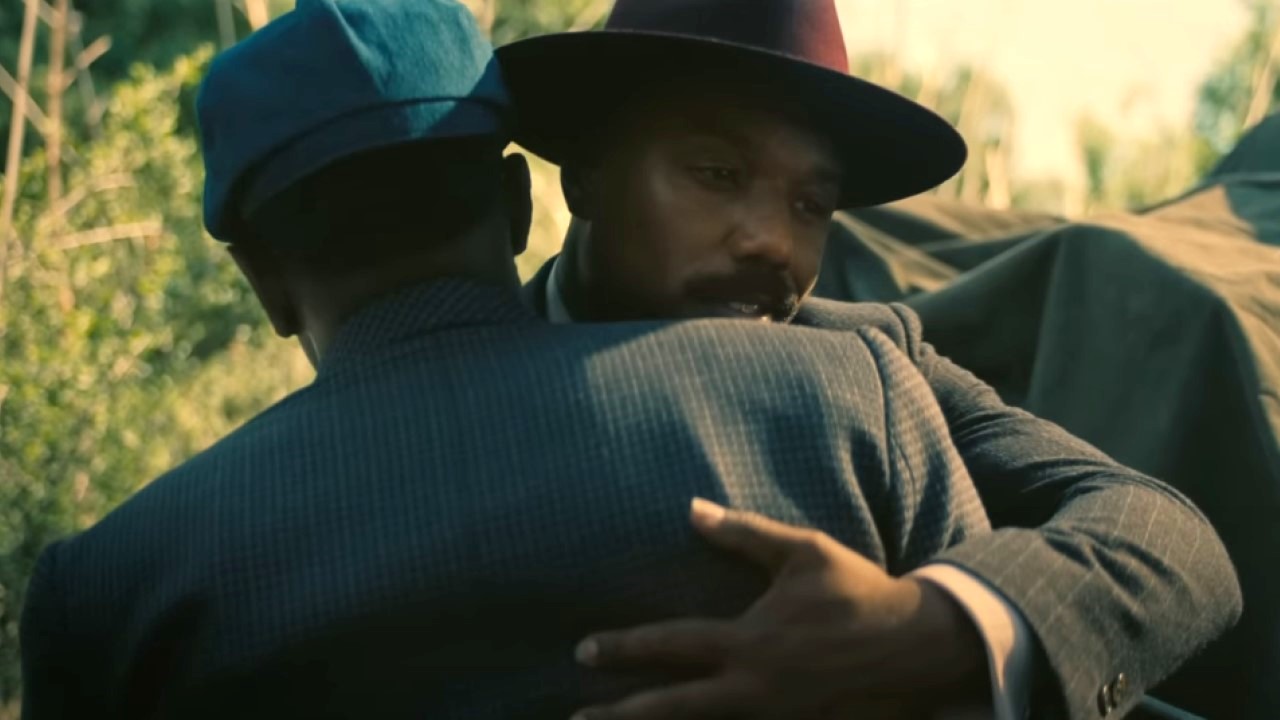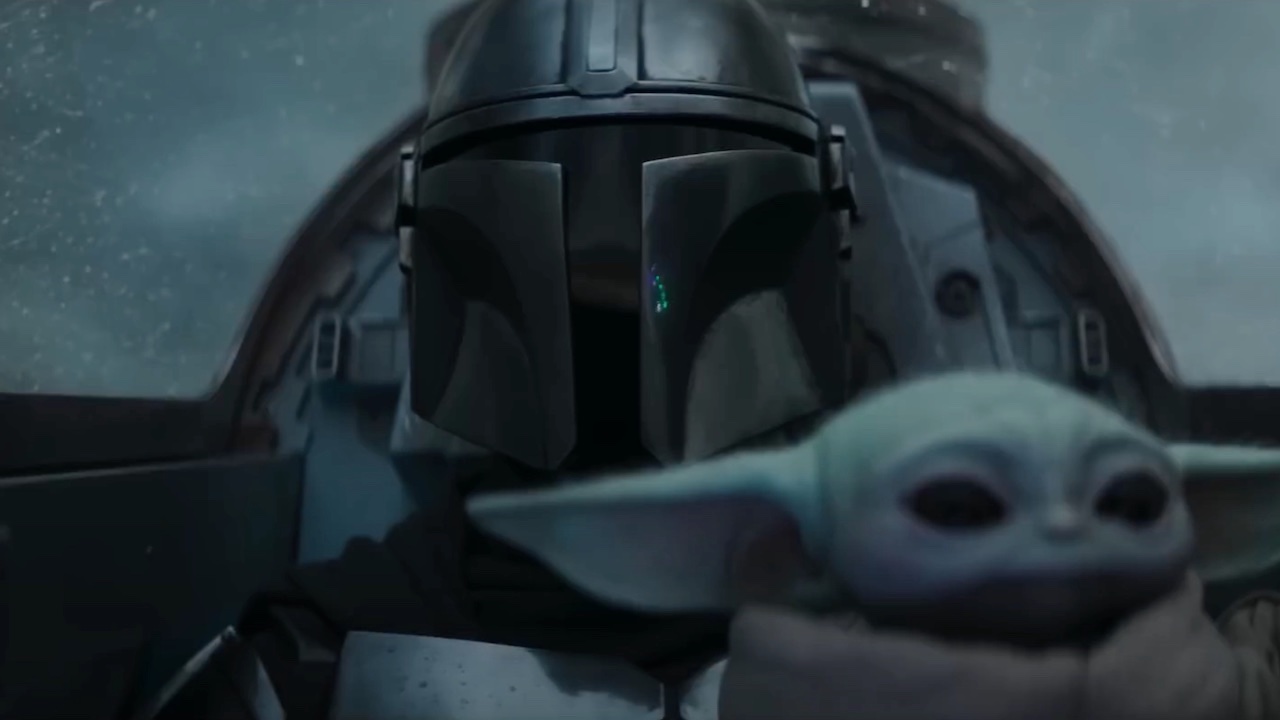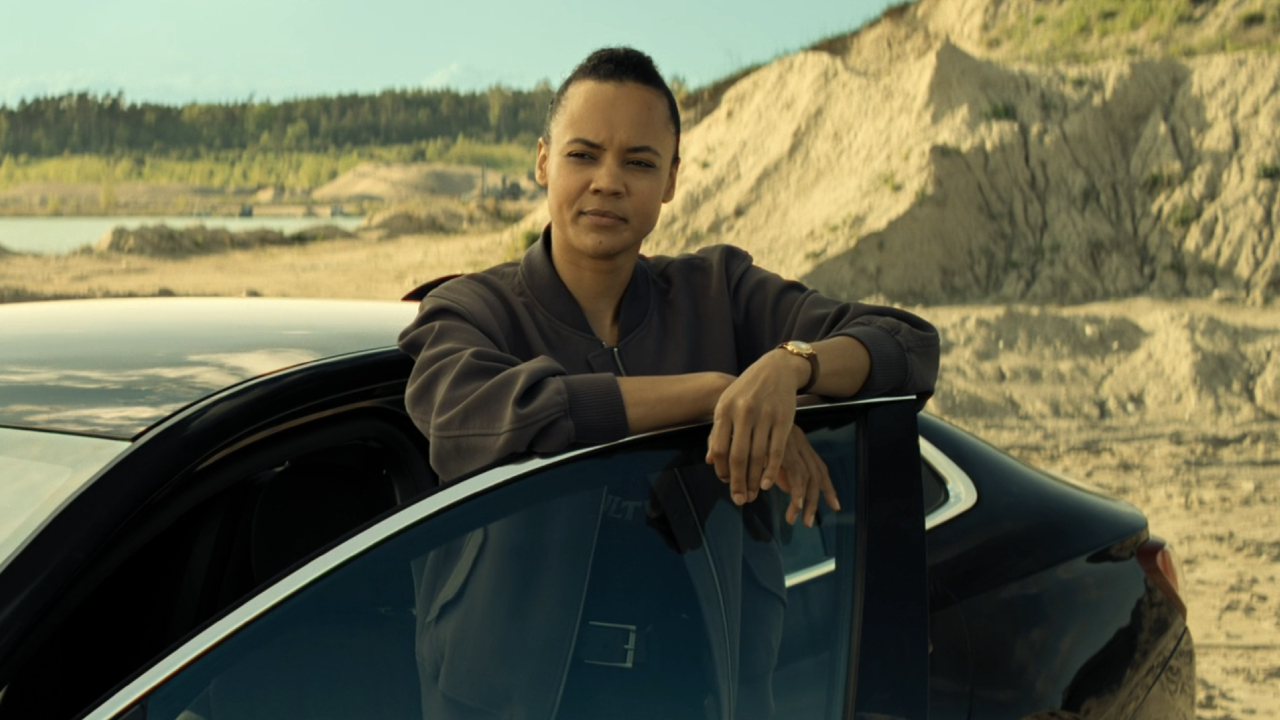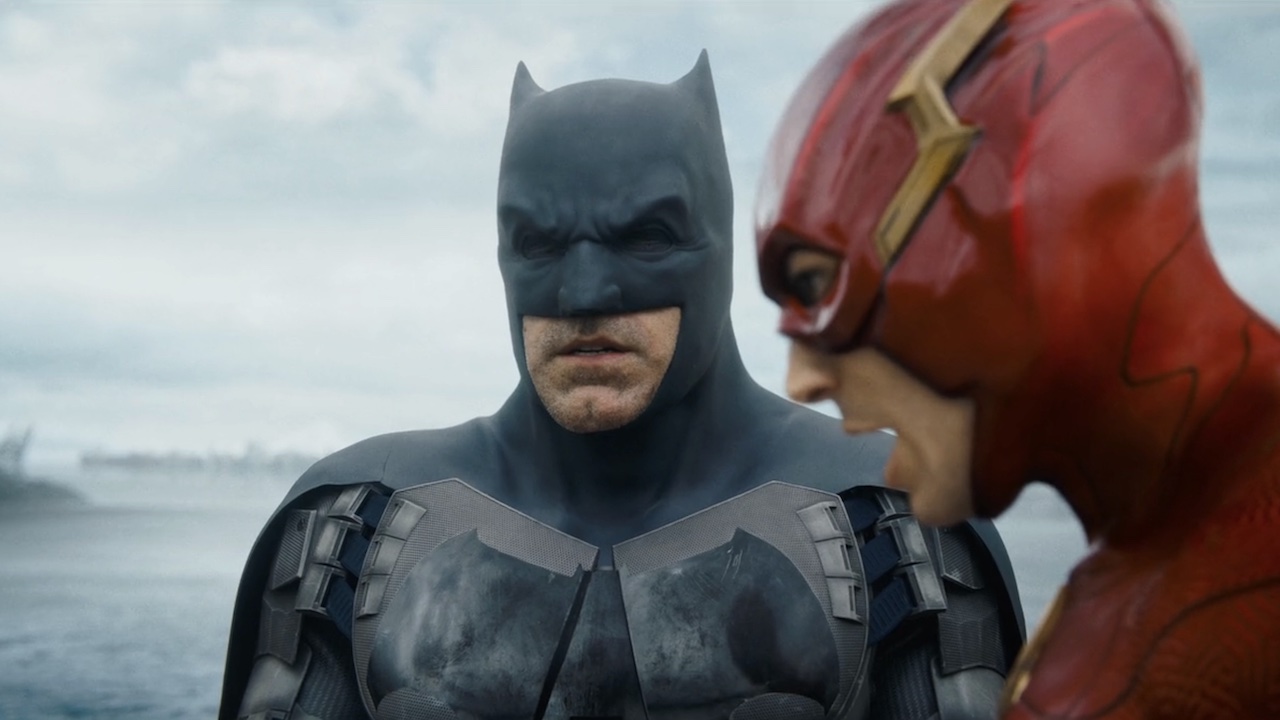What Went Wrong With Fortnite's Playground Mode
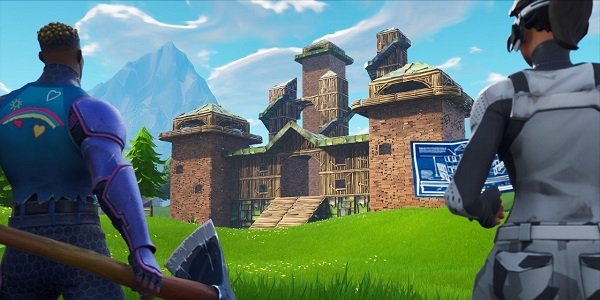
Sometimes a structure needs to collapse before the engineer can identify unforeseen weaknesses. According to Epic, that's exactly what happened with their "Playground" mode in Fortnite, which had to crash dramatically before it could be fixed.
One of the biggest hurdles to jumping onto the Fortnite Battle Royale bandwagon is that the game offers little in the line of player introduction. Sure, there are plenty of videos as articles out there that break down the basics at this point, but the game itself does little to train new players. It simply drops you onto a big map and leaves you to figure out the rest.
While that's part of the appeal for some players, Epic saw a need to create a more user-friendly introduction to the game, which is where the Playground limited mode came in. In short, it let groups of 1-4 players drop onto the map for an hour at a time. You could explore, play with the mechanics and gear, practice building and respawn on every "friendly fire" death.
When the mode first launched, it crashed the game almost instantly. According to Epic, there's a pretty simple (well, super technical, actually; but also kind of simple), but easily overlooked reason for that. According to a recent postmortem on the mode, Epic simply did not properly estimate the immense need for servers this new mode would create.
Fortnite is a hugely popular game and available on just about every platform under the sun, so you figure Epic has a boatload of servers running for the game at this point. But here's the trick: Each match of Fortnite Battle Royale typically houses 100 players. When Epic launched the Playground mode, they seem to have underestimated the new strain that would be created by opening up so many sessions that were only playing host to a handful of people. In other words, rather than having one game hosting 100 players, they now had 100 games each hosting 100 individual players, or 50 games each hosting 2 players, or 25 games each hosting just four players.
And that's just an example of how a single standard match of Battle Royale was now being broken up across more server space. When Playground first launched, hundreds of thousands of players wanted to jump in and give it a gander immediately. So if you would have had 10 matches hosting 1,000 players at that point in time, you suddenly had the potential of literally needing 1,000 matches to host those same 1,000 people.
Long story short, this revealed some inefficiencies in Epic's systems. Not only did they need to accommodate more matches, they needed to make creating those matches go more quickly. That, of course, created a new problem. Their Matchmaking Service (MMS) was used to juggle a certain list of servers. Adding more servers means their MMS now needs to deal with even longer lists of servers, making the time needed to search through those lists and create appropriate matches take longer and longer. That, too, had to be addressed before the mode could be brought back online.
CINEMABLEND NEWSLETTER
Your Daily Blend of Entertainment News
Epic seems bummed that they had to tumble down a hill to learn this lesson but, now that the lesson has been learned, Fortnite, in general, should be a more stable game because of it.
Staff Writer for CinemaBlend.

